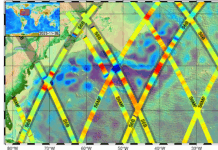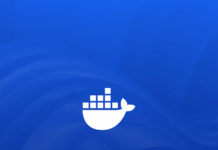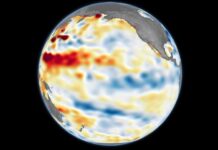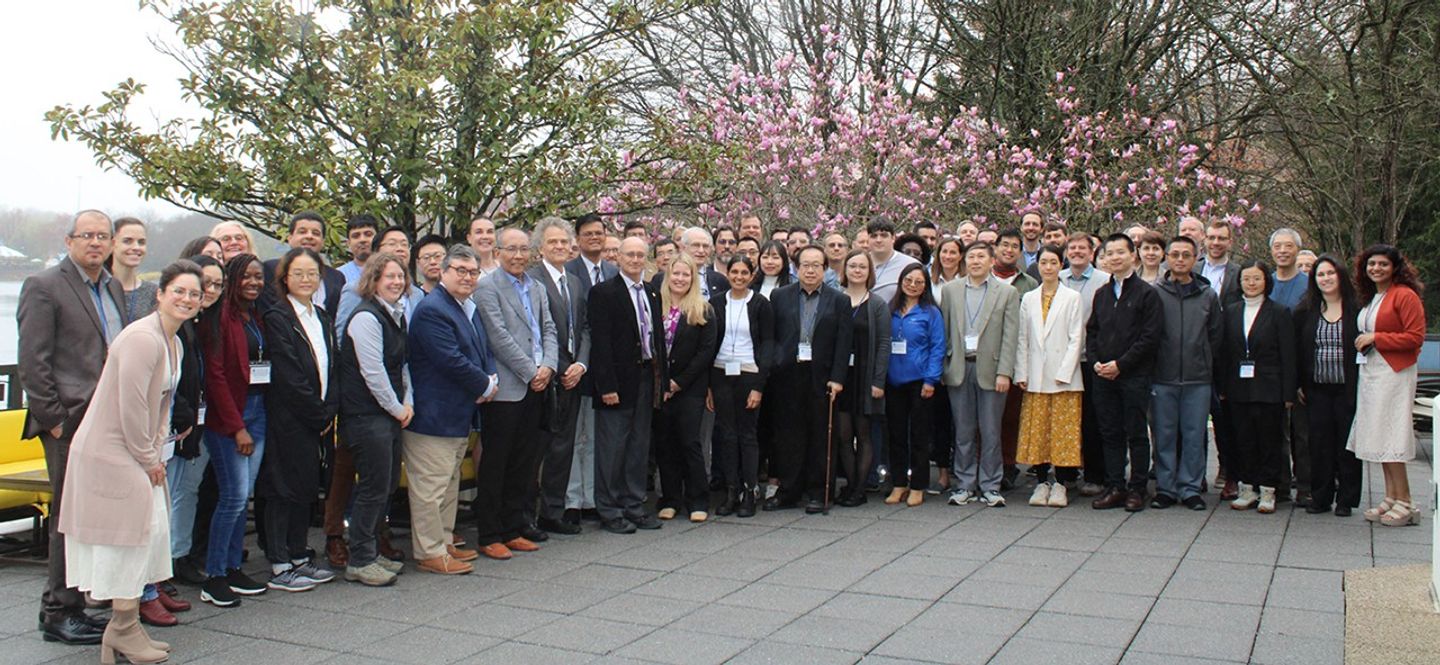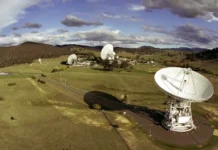Exploring the Insights of Harmonized Landsat Sentinel-2 Data: A Glimpse into Romanian Agriculture
In an era where technology plays a pivotal role in understanding and managing agricultural practices, satellite imagery has become a powerful tool. The Harmonized Landsat Sentinel-2 (HLS) data offers a remarkable perspective into the world of agriculture by providing dense time series imagery at a resolution of 30 meters (approximately 98 feet). This advanced satellite data can help us gain insights into crop patterns, forest cover, and environmental changes. Let’s delve into how HLS data has been used to study agricultural trends across Southern Romania from 2018 to 2023.
Understanding Harmonized Landsat Sentinel-2 (HLS) Data
Before we explore the specifics of the Romanian agricultural landscape, it’s essential to understand what HLS data is and why it’s crucial. The Harmonized Landsat Sentinel-2 project is a collaborative effort that combines data from the Landsat and Sentinel-2 satellites. These satellites are equipped with sensors that capture images of the Earth’s surface, allowing scientists and researchers to monitor changes over time.
The data captured by these satellites is harmonized, meaning it is processed to ensure consistency in terms of spatial resolution, spectral characteristics, and radiometric quality. This harmonization allows for seamless integration of data from different satellite missions, providing a comprehensive view of the Earth’s surface.
Analyzing Agricultural Patterns in Southern Romania
The HLS data has been utilized to reveal fascinating insights into the agricultural landscape of Southern Romania over a five-year period, from 2018 to 2023. By examining this data, researchers can identify patterns in crop growth, forest cover, and environmental changes, which are vital for sustainable agricultural practices and environmental conservation.
Crops and Forests: A Visual Representation
The imagery captured by HLS data reveals a vibrant tapestry of colors that represent different land cover types. Here is a breakdown of what these colors signify:
- Magenta Areas: These indicate forested regions. Forests play a crucial role in maintaining ecological balance by providing habitat for wildlife, influencing the climate, and contributing to the carbon cycle.
- Green Areas: These areas depict summer crops such as maize, sunflower, and soy. These crops are typically planted in the spring and harvested in late summer or early autumn.
- Blue Areas: Representing winter crops such as wheat, barley, and rapeseed, these are sown in the autumn and harvested in late spring or early summer.
- Yellow Areas: These regions indicate very low spring Enhanced Vegetative Index-2 values. This is often due to snow cover or persistent cloud cover at higher elevations, which can obscure satellite imagery.
The Significance of Monitoring Crops and Forests
Monitoring agricultural lands and forests is vital for several reasons. First, it helps in assessing the health and productivity of crops, which is essential for food security. By understanding which crops are thriving and which are not, farmers and policymakers can make informed decisions about agricultural practices and resource allocation.
Second, analyzing forest cover is crucial for environmental conservation. Forests act as carbon sinks, absorbing carbon dioxide from the atmosphere and helping mitigate climate change. By monitoring changes in forest cover, we can better understand the impacts of human activities and natural events on these vital ecosystems.
Lastly, satellite imagery can help detect environmental changes such as soil degradation, water scarcity, and the effects of climate change. By identifying these issues early, we can take proactive measures to address them and promote sustainable land use practices.
The Role of Technology in Modern Agriculture
The use of HLS data is just one example of how technology is transforming agriculture. With the advent of remote sensing, artificial intelligence, and data analytics, farmers and researchers can access unprecedented amounts of information about the land they cultivate.
Remote sensing, for instance, allows for the continuous monitoring of large agricultural areas without the need for physical presence on the ground. This not only saves time and resources but also provides real-time data that can be used to make swift decisions.
Artificial intelligence and machine learning algorithms can analyze vast datasets, identifying patterns and trends that may not be immediately apparent to the human eye. This can help in predicting crop yields, identifying pest infestations, and optimizing irrigation practices.
A Glimpse into the Future
As technology continues to evolve, the potential applications of HLS data and other remote sensing tools are vast. In the future, we can expect even more precise monitoring of agricultural practices, leading to increased efficiency and sustainability.
One potential development is the integration of HLS data with other sources of information, such as weather data, soil health assessments, and economic indicators. This holistic approach could provide a more comprehensive understanding of the factors influencing agriculture and help in developing strategies to address challenges such as climate change, resource scarcity, and population growth.
Furthermore, the democratization of technology means that more farmers, regardless of their scale of operations, will have access to these tools. This can help level the playing field, allowing smallholder farmers to compete with larger agricultural enterprises and contribute to global food security.
Conclusion
The use of Harmonized Landsat Sentinel-2 data to study agricultural patterns in Southern Romania offers a glimpse into the future of agriculture. By providing detailed insights into crop growth, forest cover, and environmental changes, this technology empowers farmers, researchers, and policymakers to make informed decisions that promote sustainability and productivity.
As we continue to harness the power of satellite imagery and other technological advancements, the possibilities for improving agricultural practices and conserving our environment are limitless. Through continued research and innovation, we can build a more resilient and sustainable future for generations to come.
For more information on Harmonized Landsat Sentinel-2 data, you can visit the official NASA website: Harmonized Landsat Sentinel-2.
For more Information, Refer to this article.


















